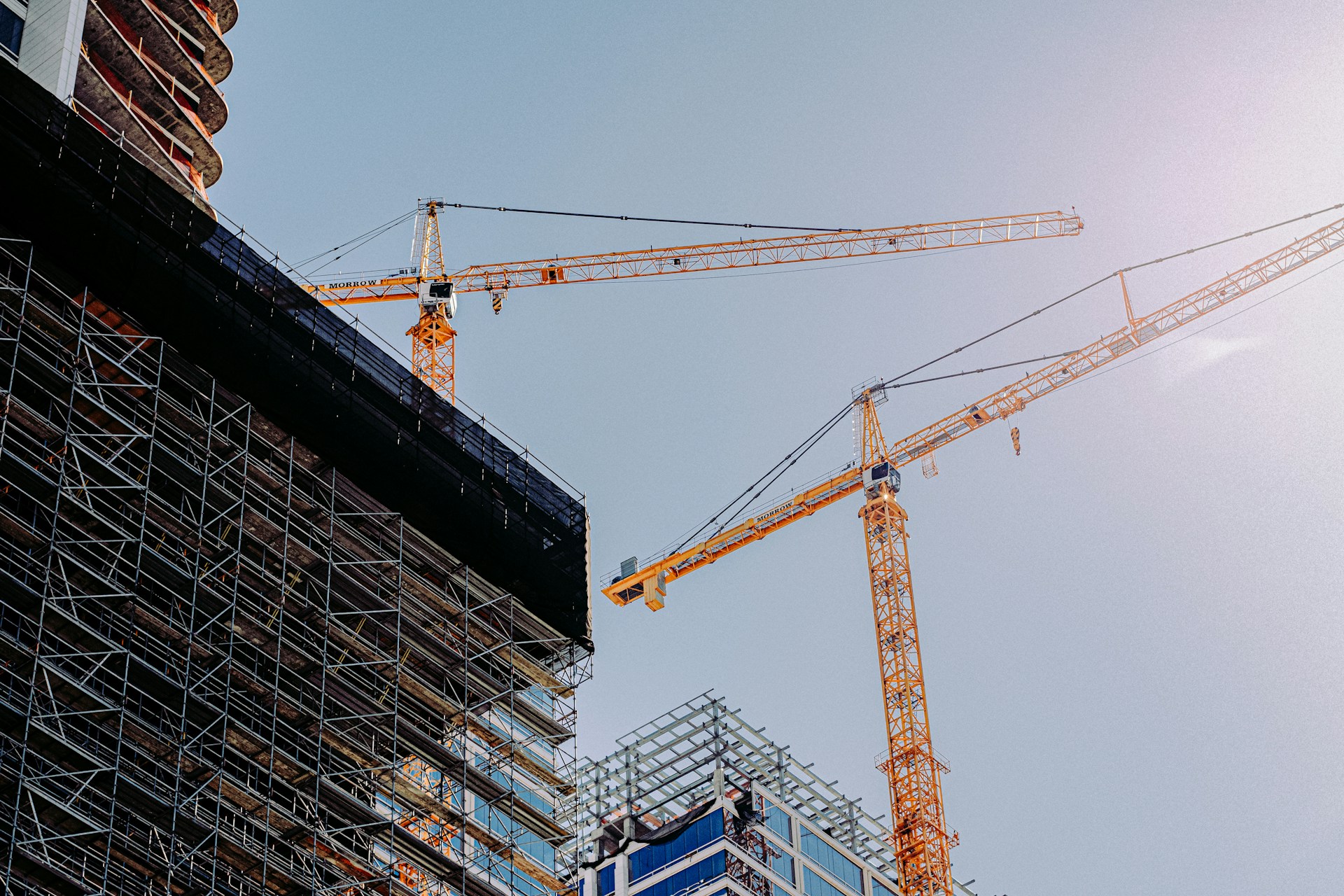
In Australia, a voluntary alliance of tier 1 contractors, government agencies, specialist subcontractors, engineering firms, cost consultants, architects, and material manufacturers – representing the whole construction supply chain – are working together to find ways to drive carbon out of the construction process.
It’s called the Materials & Embodied Carbon Leaders’ Alliance, or Mecla.
Initiated in 2022, it has 160 members, and it’s growing.
They think of themselves as a “do tank”, not a think tank, because Mecla’s 11 working groups ask what each bit of the sector can start doing this afternoon, tomorrow, and the next day to build momentum for change.
They know construction is a complex market system with carbon entrenched, and that they won’t be able to build a low-carbon market unless everyone works together on it.
It has to be done now, they say. There’s no time for incremental change.
When that new market is functioning with as least carbon as possible, Mecla disappears.
In March, CIOB’s head of environmental sustainability, Amanda Williams, interviewed Mecla’s chair, Hudson Worsley. What follows are some highlights of that conversation. More will follow on the 21CC podcast in June.

AW: So you’ve got this big goal of cutting embodied carbon in the built environment but, in your mind, what does the roadmap look like to getting there?
HW: Okay, we’ve got these 160 organisations. We’re building critical mass at the tier 1 level of the Australian market, and with government agencies like Transport for New South Wales and Infrastructure Victoria.
The next step is tier 2 contractors and suppliers because outside the bubble of the leadership group, many industry participants still don’t have embodied carbon on their radar. So, getting them conversant with the concepts and opportunities, understanding that government procurement is going to require this and that it will filter down to private procurement, that’s key.
The next one is advocacy on government to keep the pressure up. We want headline projects like the Brisbane 2032 Summer Olympics to be carbon-zero, or low embodied carbon where we can. We want government to understand that their procurement role is an absolutely vital lever for this change.
We want to maintain pressure on suppliers. It’s really hard, particularly steel and cement. We need to keep that pressure up. No resting on your laurels that you’ve done a good job so far, or you’ve made a breakthrough. Until we’re at zero, we’ve got to keep pushing.

We also want to influence designers and architects, so it’s not just about material substitution, it’s about better design. It’s quite common in Australia to double the size of the girder, or the pillar, or the pile, because of risk aversion. Until climate came along, that was the safe thing to do, but now that carbon is a measure of success, we have to look at design as a big opportunity.
Finally, it’s supporting the ecosystem. So when there’s a legal issue over how to specify a carbon clause, we get the relevant people onto it. When there’s a change to the curriculum for architects at university level, let’s see what we can do to help that.
We’re penning the roadmap as we drive along, it’s not predefined. Opportunities come as we move; that’s what rapid change looks like, and how it has to be.
AW: How close are we to low-emissions concrete, for example, and how important is cracking those individual material types?
We’ve been using cement since the Romans, and it’s the most ubiquitous material, so we can’t exactly go cold turkey.
There’ve been big strides. Some of the global cement makers can offer an off-the-shelf, 60%-reduced embodied carbon product. And that’s fantastic: 60% is a big saving.
But even though it’s a saving, it’s still additional emissions because we’re building new things that weren’t there before, so there is a way to go.
There are alternatives, like geopolymer cement using substitute cementitious materials. The use case for those – where are they best suited, where are they not – that’s still being hammered out. One of the barriers to entry can be very prescriptive specifications, rather than a performance-based specification.
But essentially, we’re still super-heating lime to develop clinker as the core component of cement and concrete. That last 40% is still hard, particularly where really high-performance concrete is required.
But we still need to encourage take-up of the lower-emissions alternatives already there. We’ve heard that tier 2 contractors just flatly say they’re not taking the risk. If the foundations and floor of the warehouse fail, end of company. At the same time, tier 1 contractors say they’ve been doing it for a couple of years and it’s absolutely fine. We want to bring those players together to talk and find a way through.
So it’s not just “Thou shalt cut emissions”, it’s hey, this is where it was done, this is how it worked, this is what was overcome.
We call ourselves a “do tank” rather than a think tank, and that’s the doing: bringing those who’ve done it together to show those who are yet to do it that this is the way forward, so let’s get on with it.
Further reading:






